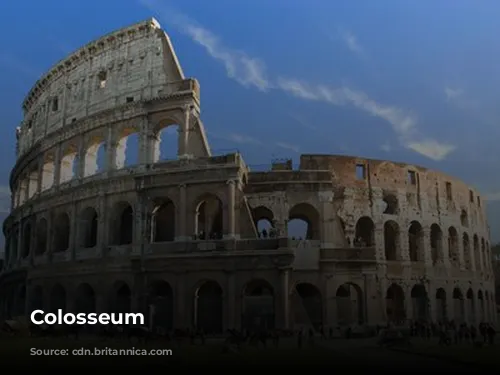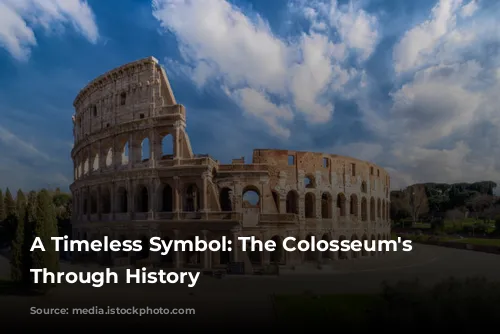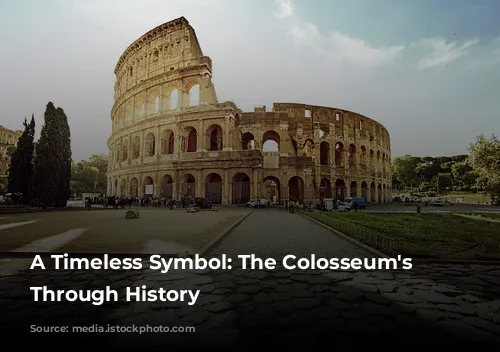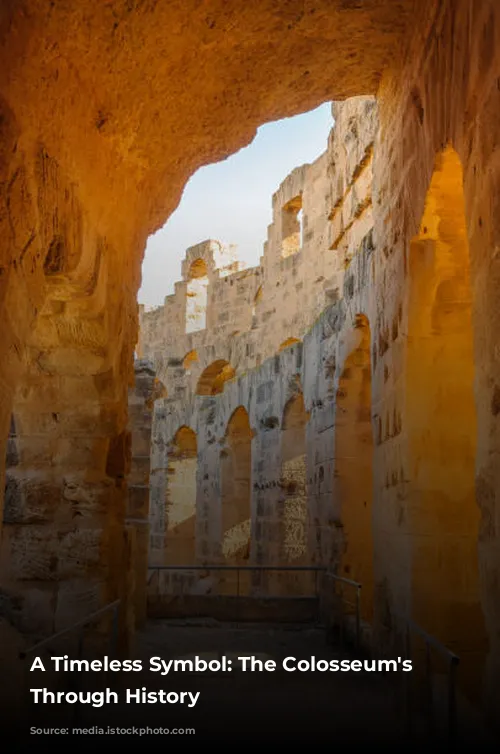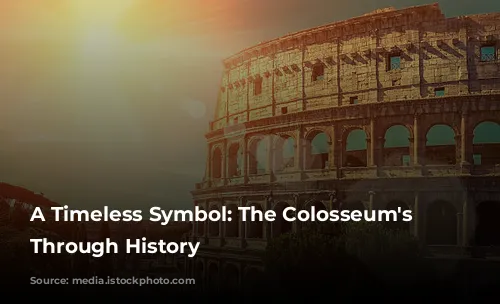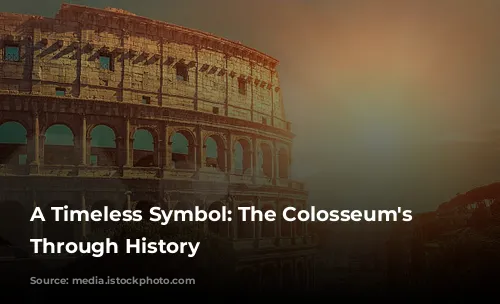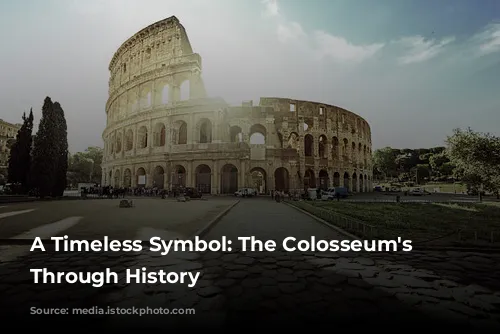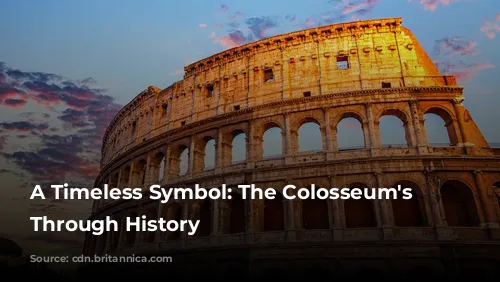The Colosseum, a magnificent relic of the Roman Empire, stands today as a testament to the ingenuity and architectural prowess of ancient Rome. More than just a historical landmark, this iconic structure is also a major driver of tourism revenue for Italy. In 2018, the Colosseum, alongside the Roman Forum and Palatine Hill, generated over $63.3 million (€53.8 million), making it the most lucrative tourist destination in Italy.
A Monument Resurrected
The Colosseum, after experiencing centuries of neglect, has endured a turbulent journey. After the fall of the Western Roman Empire, the once-grand arena fell into disrepair. During the 12th century, powerful families like the Frangipane and Annibaldi utilized the structure as their stronghold. In the late 15th century, Pope Alexander VI allowed the Colosseum to be stripped of its materials, turning it into a quarry. This period of disregard lasted over a thousand years before state-funded restoration efforts began in the 1990s, breathing new life into this architectural marvel.
An Imperial Entertainment Hub
The Colosseum’s construction arose from an imperial desire to revitalize Rome after the tumultuous year of the four emperors (69 CE). Emperor Vespasian, known for his practical approach, envisioned the Colosseum as an entertainment hub, hosting gladiatorial contests, animal hunts, and even mock naval battles.
From Humble Beginnings to Imperial Glory
Construction of the Colosseum commenced under the reign of Emperor Vespasian between 70 and 72 CE. The completed structure, dedicated in 80 CE by Titus, Vespasian’s son and successor, showcased the Flavian dynasty’s power. The Colosseum’s fourth story, added by Emperor Domitian in 82 CE, further enhanced its grandeur. Notably, the Colosseum was financed by the spoils of Titus’s conquest of Jerusalem in 70 CE, constructed by enslaved Jews from Judaea.
An Architectural Masterpiece
The Colosseum, also known as the Flavian Amphitheatre, is an elliptical structure, standing four stories high. Crafted from stone, concrete, and tuff, this architectural marvel measures 620 by 513 feet (189 by 156 meters), with a capacity to accommodate 50,000 spectators. The Colosseum, famed for hosting gladiatorial combat, stands as a testament to Roman engineering.
A Site of Spectacle and Symbolic Power
The Colosseum’s construction was strategically chosen, located east of the Palatine Hill on the former site of Nero’s Golden House. This decision was as much symbolic as it was practical, as the Colosseum replaced the tyrant’s private lake with a public amphitheater, showcasing the shift from a tyrannical reign to one of public spectacle and grandeur.
Engineering Marvels and Grand Spectacle
The Colosseum, unlike earlier amphitheaters, was not carved into hillsides for support. It is a free-standing structure, constructed using complex barrel and groin vaults. Three of the arena’s stories are adorned with arcades framed by Doric, Ionic, and Corinthian columns, a design that influenced the Renaissance. Travertine stone forms the main structure and facade, while volcanic tufa makes up the secondary walls. Concrete was used for the inner bowl and arcade vaults.
A Venue for Thrilling Entertainment
The Colosseum offered its vast audience protection from the sun with a retractable velarium (awning), supported by masts extending from the top story. Hundreds of Roman sailors were required to manipulate the rigging that extended and retracted this massive awning. The Colosseum hosted a variety of spectacles, including gladiatorial battles, contests between men and animals, and even mock naval engagements. However, the Colosseum’s connection to the martyrdom of early Christians remains uncertain.
A Monument in Transformation
In medieval times, the Colosseum was repurposed as a church and then as a fortress by powerful families like the Frangipane and Annibaldi. Over time, lightning, earthquakes, vandalism, and pollution took their toll on the structure. Its marble seats and decorative materials were stripped away, transforming the Colosseum into a quarry for over a thousand years. However, preservation efforts began in earnest in the 19th century, with notable contributions from Pius VIII. A major restoration project launched in the 1990s revitalized the Colosseum, making it a prime tourist attraction. Today, the Colosseum welcomes millions of visitors annually, showcasing changing exhibitions that shed light on the captivating world of ancient Rome.
A Legacy of Endurance
The Colosseum, a survivor of time and neglect, stands as a timeless symbol of Roman engineering, architecture, and cultural expression. Its grandeur and enduring legacy continue to captivate generations, offering a glimpse into the past and a testament to the enduring power of human creativity.


